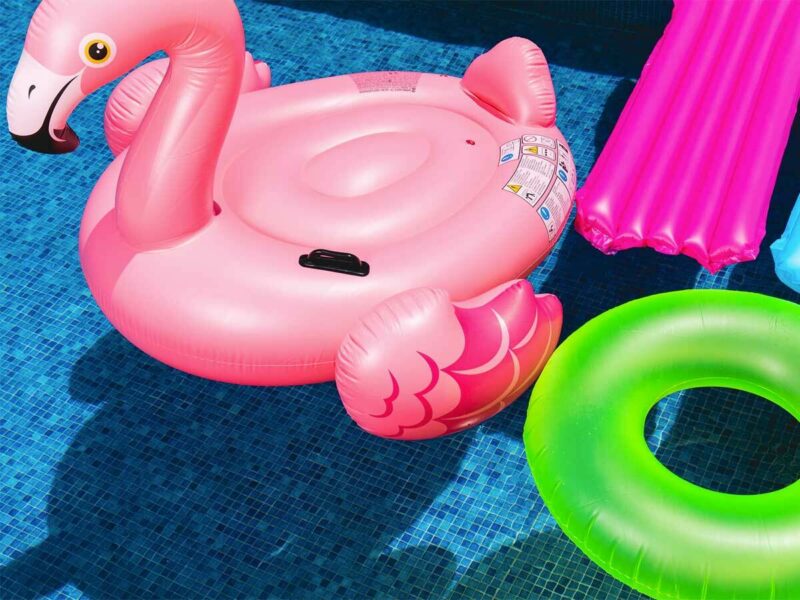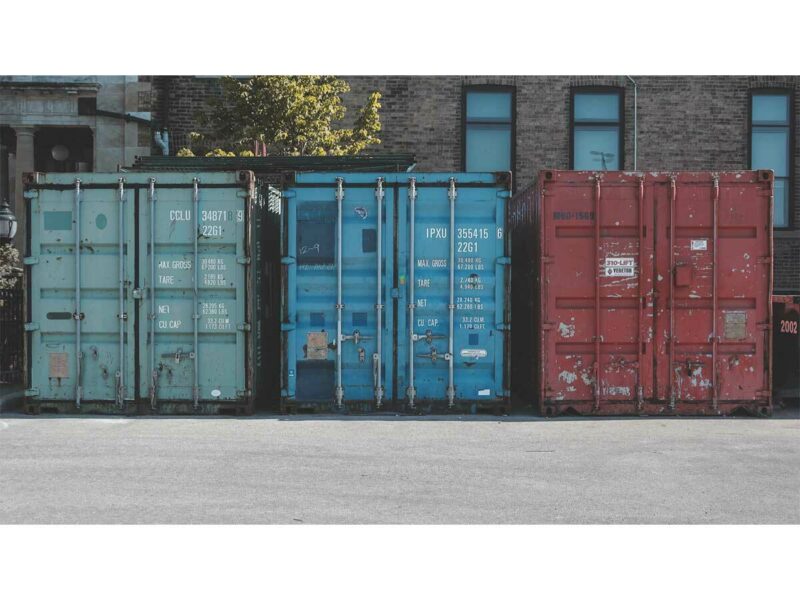Article Excerpt
Shipping container pools are a durable, affordable, and eco-friendly alternative to traditional pools. Learn more about whether one might be right for you.
A swimming pool can be a great addition to a Texas home, providing recreation and exercise. Thanks to modern technology and ingenuity, you have more choices than ever before when it comes to backyard swimming pools. Shipping container pools are a relatively new addition to the field. They offer many advantages over traditional swimming pools, such as eco-friendliness, durability, and affordability. The following is an overview of shipping container swimming pools for anyone who is thinking about getting one.
What Is A Shipping Container Pool?
As the name suggests, a shipping container pool is a shipping container that has been converted into a swimming pool for someone’s home. Shipping containers are large, durable metal boxes used to ship and store products. Their design allows them to be moved among different modes of transport and stacked at great heights.
A shipping container placed on the back of a truck could be loaded at a warehouse and driven to a railyard, where a crane moves it to a train car. Once the train reaches its destination, the shipping container can go by truck to a dock, where a crane places it on a cargo ship fr transport to almost anywhere in the world.
Shipping containers are enjoying a sort of renaissance in the world of home design. People are using them for a variety of purposes, including building homes entirely out of shipping containers. Some manufacturers use shipping containers that have been retired from commercial use, while others make containers specifically for use as a pool.
The most common sizes of shipping containers used to make pools are 8 feet by 20 feet and 8 feet by 40 feet. Manufacturers might cut the length to provide more options, such as 8x12 or 8x30.

Photo by Julius Silver from Pexels
How Do Shipping Container Pools Work?
Traditional in-ground pools require digging a hole and pouring concrete. A shipping container just needs to be placed in the yard. It is possible to build an in-ground pool with a shipping container, but they work best as above-ground pools. Installing a shipping container pool requires a concrete slab, metal struts, or another support system to keep it level.
Converting a shipping container into a swimming pool requires some modifications. For example, they are designed to be waterproof from the outside, meaning that rain and other weather cannot get inside and damage the cargo. They need some extra waterproofing, however, to keep pool water from getting out. Manufacturers often put a coating on the interior of the container to keep it watertight and give it the familiar look of a swimming pool. Shipping container pools also need water circulation and filtration systems.
Customization options for shipping container pools include:
Installing a window below the water level
Adding a deck surface above part of the container
Adding a partition to create a separate hot tub
What Are The Pros And Cons Of Shipping Container Pools?
Shipping container pools may offer numerous advantages over other types of pools. They may also have drawbacks for some homeowners.
Pros Of Shipping Container Pools
The pros of shipping container pools include:
Ease of installation: Most of the work on the container itself occurs offsite. Installation mainly involves bringing in a crane to place the pool where you want it.
Durability: Compared to traditional above-ground pools, shipping container pools are built to last.
Portability: If you move, you can take your shipping container pool with you. An in-ground pool has to stay where it is.
Stylishness: Your shipping container pool is going to look cool. Just accept it.
Affordability: While shipping container pools are by no means inexpensive, they tend to cost less than traditional in-ground pools. The cost of a shipping container pool can range from around $16,000 to $39,000, while the average cost of an in-ground pool is around $49,000.

Photo by Toni Cuenca on Unsplash
Cons Of Shipping Container Pools
The cons of shipping container pools include:
Few or no in-ground options: If you have your heart set on an in-ground pool, a shipping container pool might not be for you.
Limited shapes and sizes: In-ground pools can be almost any shape — circular, oval, square, polygonal, etc. Shipping container pools will always be rectangular.
Weathering: Shipping containers are designed to last for at least 25 years on the high seas. They can handle quite a bit, but the chance of rust and other signs of weathering will always be present.
Take A Dip This Summer
Your perfect backyard could be within reach. But as long as you’re renting, the likelihood of your landlord allowing a shipping container swimming pool is slim. Become a homeowner. Complete our quick online form to see what you qualify for!




